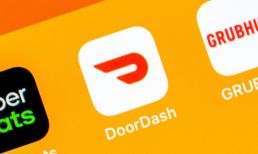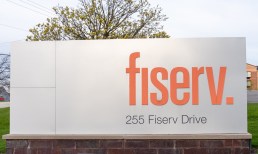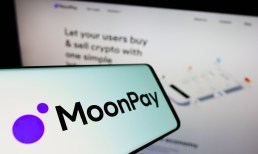In today’s restaurant technology (ResTech) industry, the point-of-sale (POS) system is so much more than the name implies. Providers have been competing for years to expand the capabilities of their systems, leveraging payment processing as a way into a suite of connected digital experiences that automate more of the day-to-day routines of running a restaurant.
Read more: ResTech Providers Shift Focus From Consumers’ Needs to Restaurants’
See also: POS Providers Compete to Be Restaurants’ One-Stop Shop
Canada-based tech company Lightspeed Commerce, for one, announced in a Wednesday (Jan. 26) press release that it is expanding its restaurant POS and order management tools to new markets, reaching new areas in the United States. In an interview with PYMNTS, Peter Dougherty, general manager of Hospitality at Lightspeed, argued that, in the face of supply chain and labor challenges, end-to-end digitized payments are more important than ever.
“The value of a true integrated payments experience [is underrated],” Dougherty said. “When you’re using your processing, and it’s deeply embedded into the back office of the commerce platform, you have … a better understanding of having your cash flow through from your processing all the way through to how you pay out your tips on your staff, and … [you] really understan[d] where you’re spending your money in terms of labor versus inventory and where you should make those investments.”
Bringing Digital Into Physical Spaces
Advertisement: Scroll to Continue
Dougherty noted that one of the main ways digital technologies are transforming consumers’ dining experiences right now has to do with the on-premise payment process.
“One of the leading things that we’re seeing right now in restaurant tech is actually in the payment space, and it’s the growing demand for pay-at-table,” said Dougherty. “It’s something we’ve seen in Europe and Canada for many years, actually, and … we’re seeing that happening now in the U.S.”
Research from PYMNTS’ 2021 Restaurant Readiness Index, created in collaboration with Paytronix, found that 39% of full-service restaurants’ (FSRs’) sales are generated through indoor or outdoor on-premise channels. Additionally, the study found that 29% of restaurant managers said they believe that the ability to pay with QR codes will be key to restaurants’ future success. Notably, consumers are not as convinced. Less than half that share — only 14% — of restaurant customers reported believing the same.
See more: QSRs’ Lagging Loyalty-Reward Investment Hurts Innovation and Sales
It makes sense that managers would be especially bullish on this technology, given the advantages that it provides for them, offering a chance to gain valuable behavioral data not just from off-premise digital orders but also from on-premise, learning more about customers’ wants and habits.
The Price Is Wrong
When all the numbers are right there, when restaurants can more easily track sales of each menu item and see which customers are ordering those items, they can gain valuable information about which offerings keep people coming back and which are turning them away, Dougherty argued.
As an example, he noted a trend across Lightspeed’s restaurant customers that many establishments are undercharging for cocktails and specialty menu items relative to what consumers are willing to pay for these premium offerings.
Additionally, the more data a restaurant has into how its consumers behave, the better it can understand how to drive loyalty through its direct channels, a self-perpetuating cycle that is one of restaurants’ most valuable tools in winning customers back from third parties.
These strategies can be very effective. Research from the November edition of PYMNTS and Paytronix’s Digital Divide report, “Aggregators and High-Value Restaurant Customers,” which featured a survey of more than 2,200 U.S. adults, found that 39% of FSR customers had ordered online through brands’ direct channels in the previous three months, and 74% had dined in. Meanwhile, only 17% had ordered online via aggregator in the same period.
Get the report: Aggregators and High-Value Restaurant Customers
Discussing the importance of these direct orders, Dougherty said, “Restaurants … own those consumer connections, which for us is much more valuable for a restaurant or in disaggregating that to a third party.”
The Role of the Restaurant
While the rise of digital ordering could conceivably threaten the dine-in model, Dougherty contended that the movie theater business gives a sense of the path that the restaurant industry will likely follow. He asserted that, as consumers’ home TVs grew larger, cinemas worked hard to offer a compelling in-person experience that turned movie-going into an event to look forward to.
To do this, he said he believes, restaurants will need to get granular in gathering and analyzing consumer data to understand what is happening at each step of the dining journey.
“To really get people out of their houses and enjoying going back to restaurants, a restaurant operator really needs to think about the experience,” he said. “It’s that focus on that direct consumer relationship and that direct consumer behavior data where they can own the understanding of what’s doing well and what’s not.”




